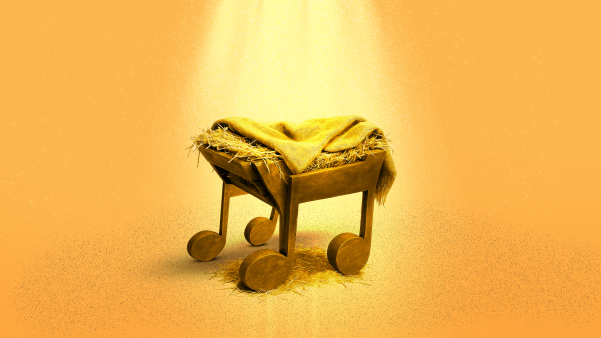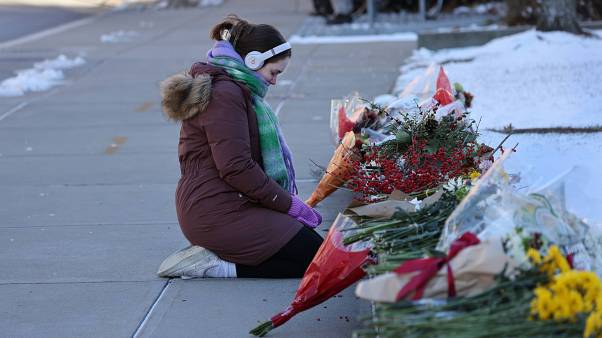Coming in from the brilliant San Diego sunshine, my wife and I entered a darkened hall lit only by candles and a dimmed chandelier. The room was silent. As our eyes adjusted, we saw several people kneeled in prayer. The setting, spirit, and solemn stillness of the hall told us that we had found something meditative there, something spiritual.
Today’s evangelicals are accustomed to well-choreographed worship services with every minute carefully filled with music, video, and preaching. Postmoderns are hungering for something more—an unhurried, mystery-filled, meditative experience that doesn’t have to fit into a preplanned time schedule.
The prayer labyrinth offers a feast to fill that hunger.
Meeting God in the middle
The labyrinth is a maze-like path similar to those designed into the floors of European cathedrals during the Middle Ages. Christians of that time would walk the labyrinth to aid their contemplative prayer and reflection. The labyrinths fell into disuse, and most were eventually forgotten or destroyed.
At the National Pastors Conference in San Diego, however, we found the labyrinth was back and given an update. The path was formed by black lines on a 35-foot square piece of canvas laid on the floor. We each were given a CD player with headphones to guide our journey through the 11 stations on the path. As we began the inward journey—toward the center of the canvas—a gentle female voice with a British accent read a portion of John 1. She told us not to rush through the labyrinth, but to slow down, breathe deeply, and fully focus on God.
At the first stop, we looked at a television screen covered with complex, moving electronic wave forms. We were instructed to pray about and eliminate the noise within that interferes with God’s voice. At another station we dropped small stones into water, each stone representing a worry we were giving over to God. Later we drew on paper symbols of our hurts, prayed about each of them, and put them in a trash can.
After thirty minutes we found ourselves at the labyrinth’s center, where, seated on cushions, we were offered the elements of Communion. The narrator read more Scripture and reminded us how near Jesus Christ is to us. There was a Bible if we desired to linger, reading and praying.
The journey outward focused on how we can be used by God in other people’s lives. At one station we made impressions of our hands and feet in a box of sand, reminding us that we leave impressions on the people we touch.
My wife and I spent an hour in the labyrinth and found ourselves calmed and refreshed, our perspective uniquely restored.
We made our own prayer path
After the convention we knew we couldn’t keep this experience to ourselves. A few months later we featured a labyrinth as part of Graceland’s annual art event at Santa Cruz Bible Church.
Graceland artists recreated the labyrinth with a kit we purchased (The Prayer Path, Group Publishing, $79.99), transforming one of the church’s multipurpose rooms into a medieval prayer sanctuary. The team hung art on the walls, draped fabric, and lit candles all around the room to create a visual sense of sacred space. Over two nights we saw more than 100 people go through the labyrinth. It was a joy to see so many people on their knees communing with God through the experiential prayer elements.
Meditative prayer like that we experienced in the labyrinth resonates with hearts of emerging generations. If we had the room, we would set up a permanent labyrinth to promote deeper prayer. Until then, however, Graceland will continue to incorporate experiential prayer and encourage our people to stop, quiet themselves, and pray.
Dan Kimball pastors Graceland, a postmodern worship service at Santa Cruz Bible Church in Santa Cruz, California.
Copyright © 2001 by the author or Christianity Today/Leadership journal. Click here for reprint information on Leadership.








